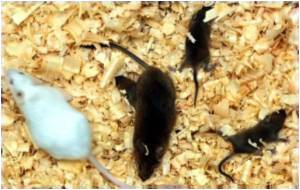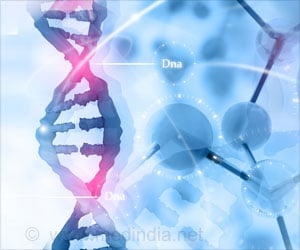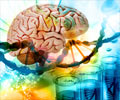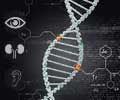Highlights
- Nusinersen, a new drug may help infants with spinal muscular atrophy (SMA) regain vital motor function.
- SMA Type 1 occur in infants with disease specific genetic mutation and usually results in progressive muscle weakness.
- Nusinersen showed that infants gain in motor function and also survive without any additional support.
Children with SMA Type 2 experience symptoms after six months of age and attain sitting before experiencing the muscle weakness and decline in motor function that are hallmarks of this genetic disease.
Before nusinersen, no targeted drug treatments were available for SMA. This treatment modifies the SMN2 gene with an antisense oligonucleotide (ASO), a tiny fragment of synthetic DNA, injected directly into the spinal fluid. The DNA gets absorbed into nerve cells of the spinal cord to increase production of a protein required for neuromotor development.
The researchers noted greater improvements in a motor function score in children treated with nusinersen for at least six months. In total, 57 percent of children in the nusinersen group had an increase of at least three points in functioning scores from the start of the trial to the end of the examination period, compared with 26 percent of patients in the control group that achieved the same level improvement.
The study, known as the CHERISH trial, enrolled 126 children ages 2 to 12 with SMA Type 2 in a multicenter, randomized, double-blind, sham-controlled study from November 2014 through February 2017 to determine the safety and efficacy of the drug in these older patients. Children were administered four doses over nine months, followed by a six-month examination period, before being invited to participated in an open-label extension study.
The availability of an effective treatment has led Dr. Finkel and colleagues to spearhead efforts to have SMA included in the Health Resources and Services Administration's Recommended Uniform Screening Panel, a newborn screening panel of conditions that warrant immediate identification after birth. The panel has recently approved this recommendation and is awaiting signature by the head of Health and Human Services. If included, infants with SMA could be diagnosed routinely and treated before symptoms appear.
- Richard S. Finkel, Eugenio Mercuri, Basil T. Darras, Anne M. Connolly, Nancy L. Kuntz, Janbernd Kirschner, Claudia A. Chiriboga, Kayoko Saito, Laurent Servais, Eduardo Tizzano, Haluk Topaloglu, Már Tulinius, Jacqueline Montes, Allan M. Glanzman, Kathie Bishop, Z. John Zhong, Sarah Gheuens, C. Frank Bennett, Eugene Schneider, Wildon Farwell, Darryl C. De Vivo. Nusinersen versus Sham Control in Infantile-Onset Spinal Muscular Atrophy. New England Journal of Medicine, 2017; 377 (18): 1723 DOI: 10.1056/NEJMoa1702752
Source-Eurekalert
















